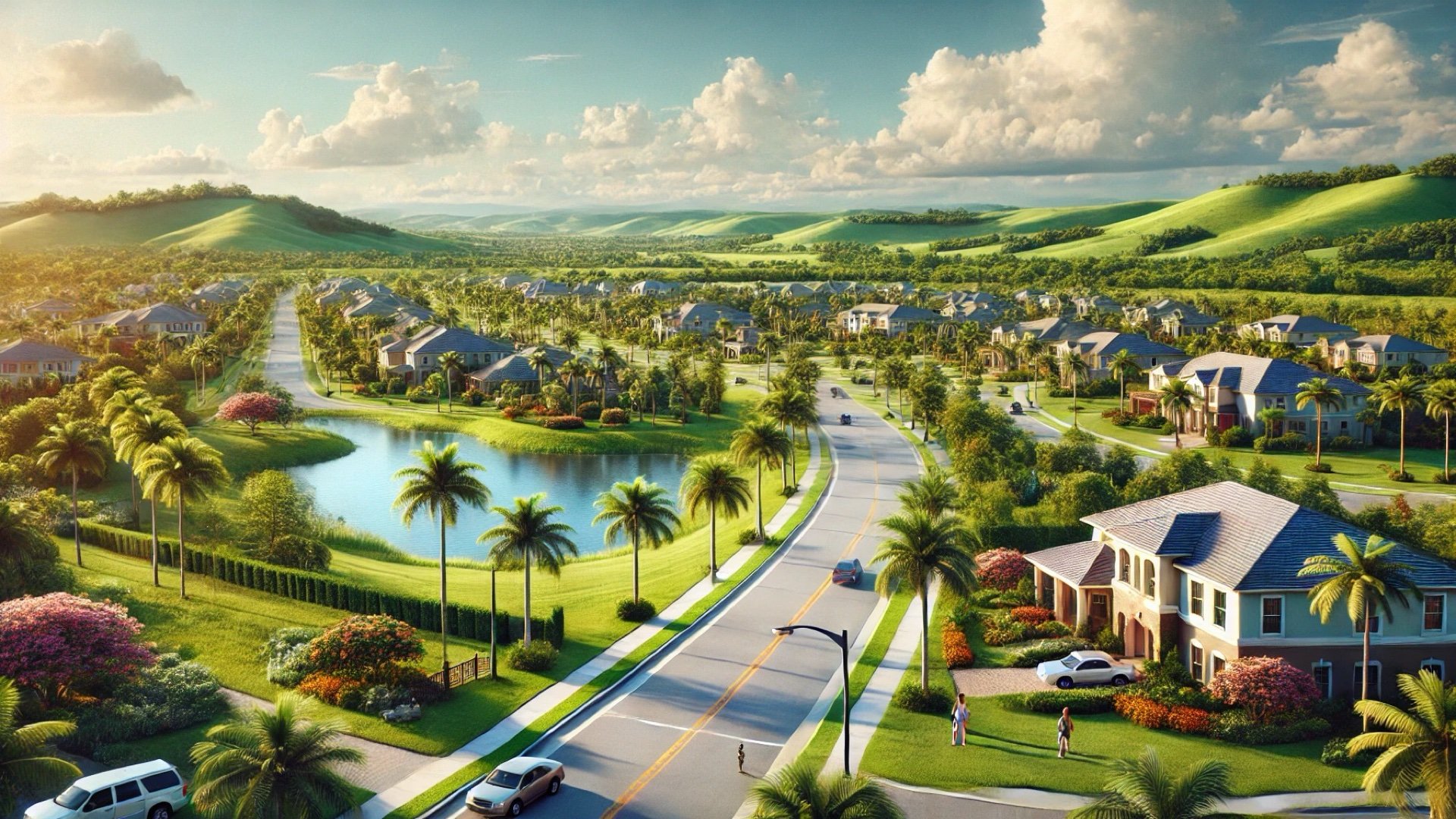What Part of Florida Doesn't Get Hurricanes?
Florida often nicknamed the "Sunshine State." Beautiful beaches and a year-round warm climate tend to be its features. But it's also synonymous with hurricane threats, which makes it a big challenge when choosing a safe place to live or go on vacation in. No area in Florida is immune to hurricanes, but some regions are less affected by the negative impact of such tropical storms. It talks about particular areas in Florida that the residents and visitors are least likely to face the wrath of hurricanes.
Why Hurricanes Target Florida
Before mentioning those areas considered relatively safe, an overview about why Florida attracts hurricanes is necessary. Florida has a very long coastline, and warm waters, and is also close to the equator; hence, it is the best location for the formation of tropical storms in both the Atlantic Ocean and the Gulf of Mexico. Hurricanes obtain their energy from warm ocean waters, and Florida's geography places it squarely in the path of many storm systems. Yet lands further inland or more inland and away from a coastline are not as vulnerable to the full fury of hurricanes.
Central Florida: Haven from Hurricanes
Central Florida is one location that offers relative safety from hurricanes. Even fewer and less powerful storms have affected cities like Orlando, Leesburg, and Kissimmee than coastal cities. Orlando is known for theme parks and is the biggest city there. Although the city is inland, tropical storms have affected Orlando, though often lose much of their steam when they make landfall along the coast. Within the current record, Tropical Storm Debby flooded portions of the city in 2012, but the storm largely passed by with the damage minimal.
Similarly, Leesburg about 45 miles from Orlando is rated one of the safest cities in Florida when it comes to hurricanes. Its location inland will make the storm not too destructive, and the tropical storm and hurricane score here is at zero. This holds true for other towns within the same region too like Kissimmee that benefit through its inland location. In this way, areas like Kissimmee are not as susceptible as they would have been if close to the coastal regions.
Secret Safe Havens of Northern Florida
Gainesville and Ocala are situated in North Central Florida, and they offer a relatively safe spot for avoiding hurricanes. Gainesville is the home to the University of Florida and has only experienced 79 hurricanes since 1930. In fact, it hardly feels the fury of hurricanes due to being on the mainland. This makes everyone involved-from the residents and even the students-safer.
Ocala, another northern city, did not have a hurricane until Irma came ashore in 2017. As of that time, Ocala had dodged the worst of the storm since it passed over and then declined. Due to its inland and a bit higher elevation, this is a popular choice among retirees who like the security they enjoy not having to worry about hurricanes during storm season.
The Almost Never Talked About Safe Places: Minneola and Winter Springs
For a small-town atmosphere with hurricane security, take a look at Minneola and Winter Springs. North Central Florida is much less likely to be hit by a hurricane; since 1930, only 72 storms have been recorded. The worst was Hurricane Dora in 1964. Other storms have been much weaker more recently. With only 77 recorded hurricanes, Winter Springs is yet another city that has largely avoided the full impact of destructive hurricanes. This calm town is an oasis for any person who wants to flee away from the tussle and noise accompanying coastal storms.
What to Look for When Choosing a Safe Location from Hurricanes
Though safer from hurricanes, Central and North Florida aren't exempt from any storms. In fact, it is the amalgamation of characteristics mentioned earlier that determines safety. This is why:
Inland location: The farther a city is away from the coast, the more it enjoys safety against storm surges and hurricane-force winds. That is why most places in Central and North Florida get to enjoy weaker storms.
Altitude: Regions with high altitudes are less vulnerable to floods, one of the major flood threats that accompany hurricanes
Infrastructure: Most of the new population units have infrastructure that is designed to withstand hurricane-wind, and this keeps the people who stay in such places safer than those dwelling in the older places that easily cave.
Conclusion: Live Safe in Florida
Florida can also prove to be a wonderful place for moving over if you are looking for areas in the interior. Some of the safest places for visiting during the hurricane season would be in cities such as Orlando, Ocala, and Gainesville. Even the smaller towns like Minneola and Winter Springs will offer a safe environment with lesser threats of hurricanes.
Plan for the hurricane if you stay in a coastal place, but if security is the top priority, move to one of the safest cities in Florida where hurricanes do not happen much. If you are an actual home-seeker or merely looking for a destination to enjoy as a summer escape, then these safer areas give you the chance to love the state of Florida without always being anxious about hurricanes.
In addition to safety, a clean house is another consideration that should be noted. For the people of Miami, the service of cleaning includes maids in Miami wherein the house becomes hurricane-proof and its cleanness regardless of the season.
If you are planning to move into a hurricane-safe location in Florida, click here for more cleaning services at www.sparklymaidmiami.com, the best cleaning service provider in Miami and other surrounding areas like Sparkly Maid Miami!
